A new arts center in Bosnia provides space for the peacebuilding charity Most Mira
By Hope Daley|
Wednesday, May 9, 2018
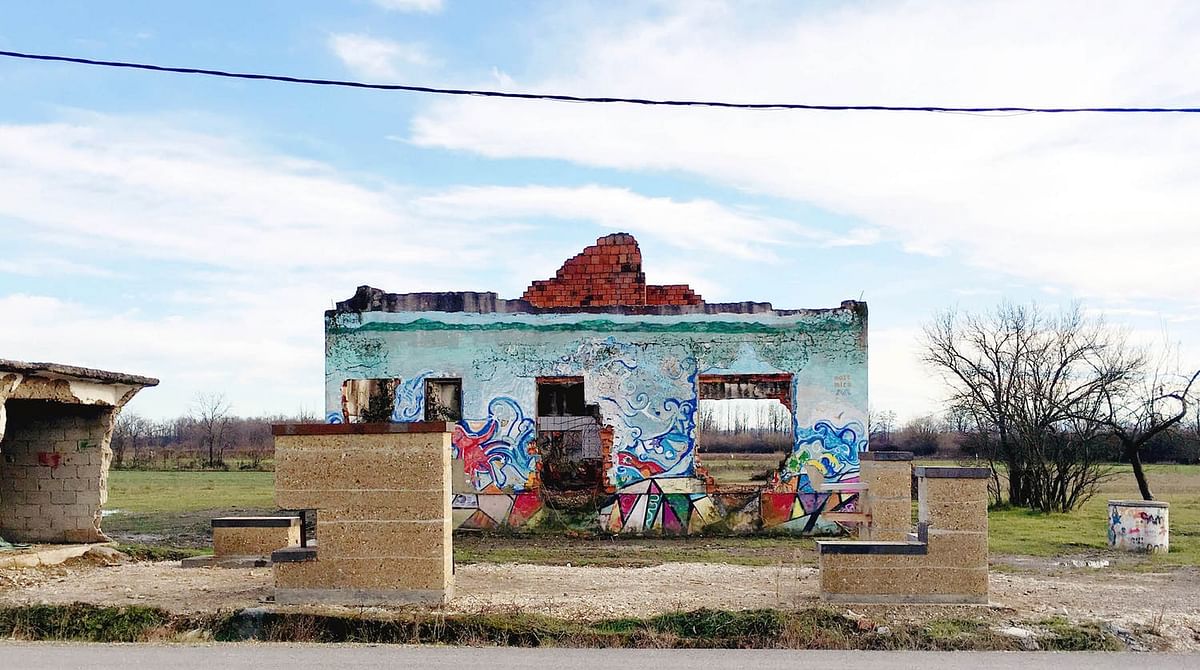
Related
A new center for Most Mira, a UK and Bosnia based arts and peacebuilding charity, will provide further opportunities for the organization to operate in Bosnia. Founded by former Omarska concentration camp detainee Kemal Pervanic, Most Mira aims to build peace in war-torn communities through engaging ethnically diverse locals in activities such as art festivals and theater programs. The Most Mira Peace Centre will enable the organization to establish a more permanent presence in the community and provide a safe space where they can host and develop their regular activities all year round.

The architectural project was initiated in 2014 as part of a workshop organized by Most Mira, which brought together graduates from The Free Unit and The Cass with architecture students and graduates from Bosnia. Project V Architecture, run by Bosnian born UK architect Vernes Causevic, were appointed as Lead Architect and have since developed the project with Most Mira as part of a regular participatory architectural program ‘Building Democracy Through Architecture’. The project continues to bring together volunteer architecture students and graduates from the UK and Bosnia to work together collaboratively.
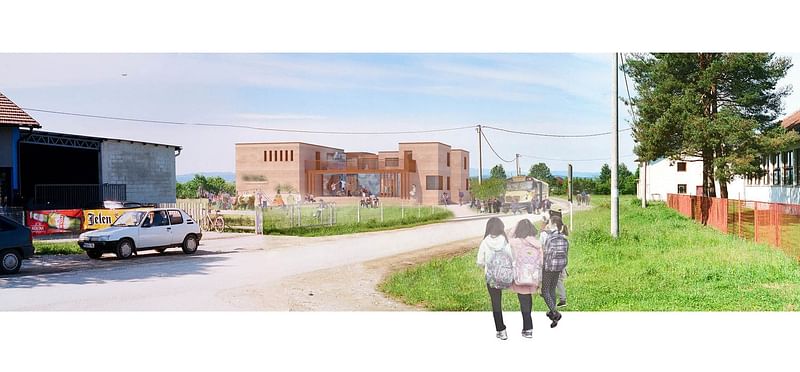
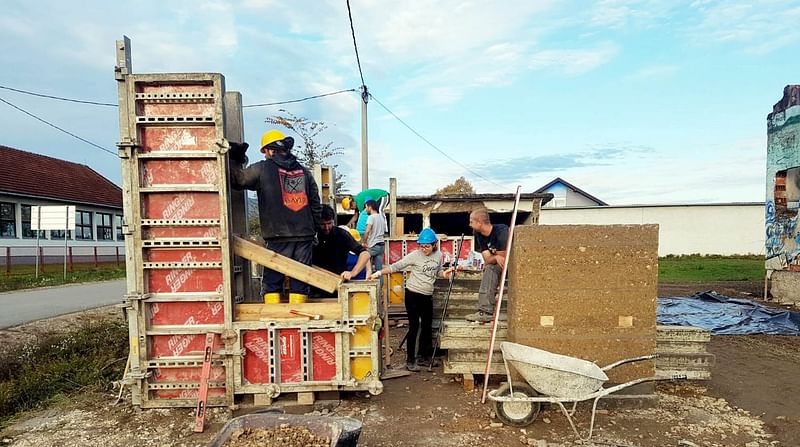
In April 2018 the project won the prestigious Collegium Artisticum Bosnian Architecture Award for Best Idea. Construction of the future Peace Centre is planned in the village of Kevljani, a site that witnessed the ethnic cleansing of Bosnian Muslims and is located next to the former Omarska concentration camp. While carrying the memory from of the recent war, a colorful north mural on the existing facade represents more recent youth arts activities organized by Most Mira.
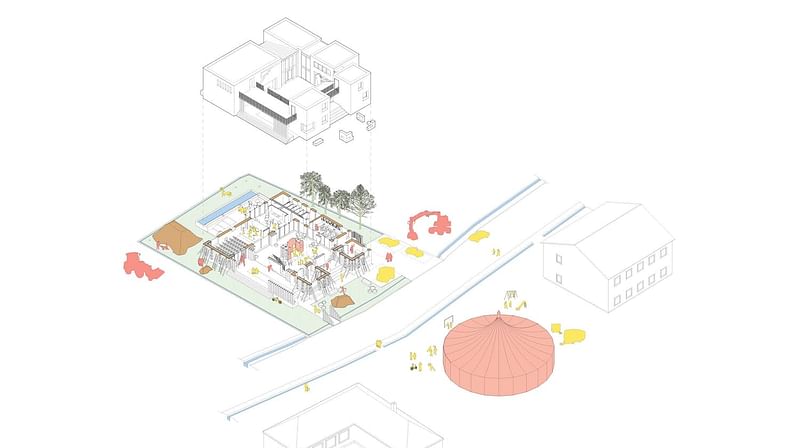
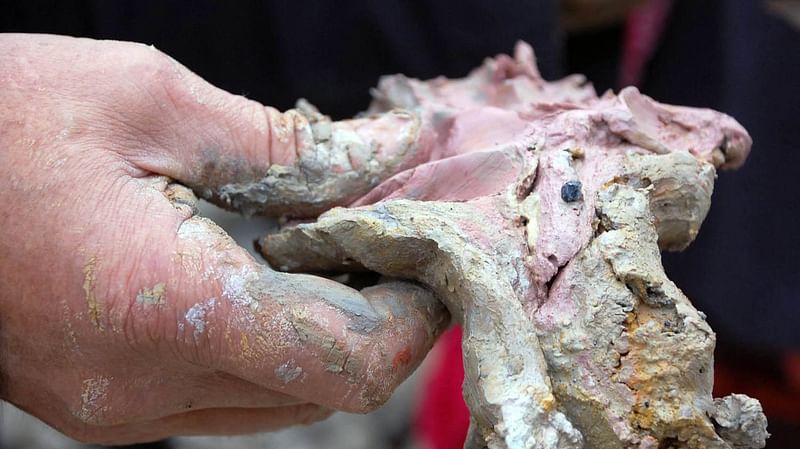
The new center will be made of rammed earth, containing a mix of clay with locally available waste materials such as crushed stone, slag, and gravel from local villages. These quarries and mines belong to divided communities, many of which are linked to former concentration camps and mass grave sites. This process opens up possibilities for architecture to reconnect people in divided communities.
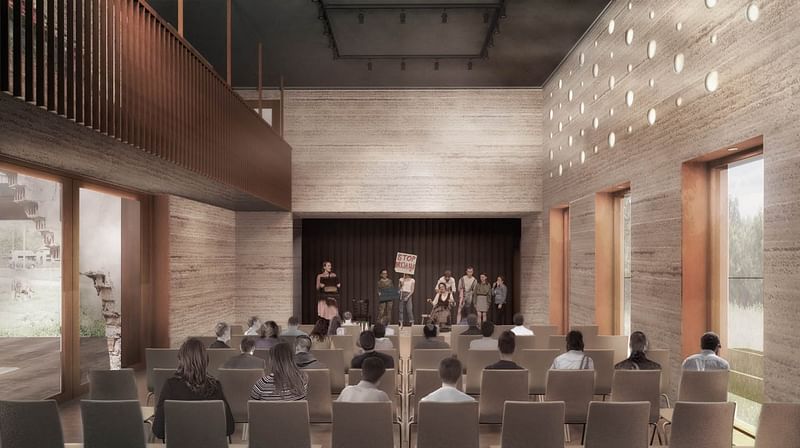

The design consists of transforming the first house destroyed in the village into a vibrant public destination for the arts. Individual pavilion-like rammed earth structures will group around the ruin, transforming the formerly private house into a public courtyard and outdoor theatre. Rooms spiral off the central courtyard on the ground floor including a flexible theatre, arts studio, and craft workshop, while the first floor provides dormitories for visitors.
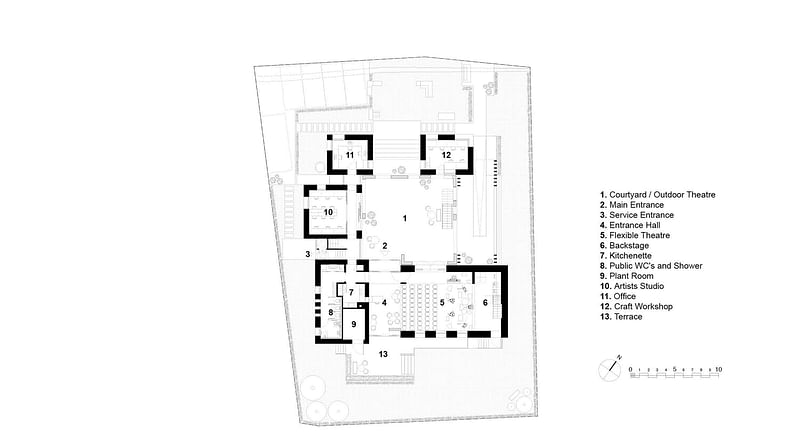

The Most Mira Peace Centre utilizes a participatory design process with community engagement, re-skilled local labor, and local sustainable materials. This process addresses the site's context and considers how architects can play a positive role through peacebuilding in post-conflict areas. Construction on the center is planned for fall of 2018.

RELATED NEWS Winner of Taiwan's new Taoyuan Museum of Arts competition announced


Share
0 Comments
Comment as :